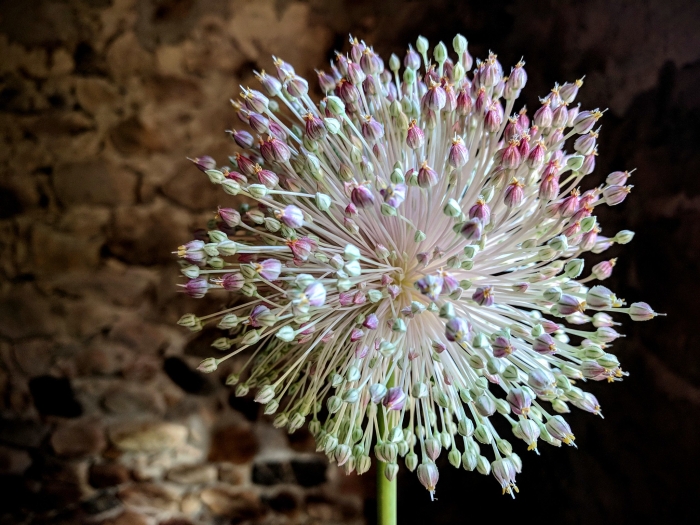Cultivated Garlic
(Allium sativum)
Cultivated Garlic (Allium sativum)
/
/

Neil Cummings
CC BY-SA 2.0











































Estimated Native Range
Summary
Cultivated Garlic is highly valued for its culinary uses and medicinal properties. It is easy to grow and can be cultivated year-round in mild climates, while in colder climates, cloves should be planted about six weeks before the soil freezes. The goal is to establish roots without shoots before winter. Harvest typically occurs in late spring or early summer. Garlic prefers loose, dry, well-drained soils rich in organic matter and thrives in full sun. It is hardy in USDA climate zones 4–9. When planting, selecting large bulbs and ensuring proper spacing can lead to larger individual cloves and bulbs. Garlic can be invasive in some regions outside its native range, so it is important to check local guidelines before planting.CC BY-SA 4.0
Plant Description
- Plant Type: Herb
- Height: 1-1.5 feet
- Width: 0.8-1 feet
- Growth Rate: Moderate
- Flower Color: Pink, White
- Flowering Season: Spring
- Leaf Retention: Deciduous
Growth Requirements
- Sun: Full Sun
- Water: Medium
- Drainage: Fast, Medium
Common Uses
Bee Garden, Bird Garden, Butterfly Garden, Deer Resistant, Drought Tolerant, Edible*Disclaimer: Easyscape's listed plant edibility is for informational use. Always verify the safety and proper identification of any plant before consumption., Fragrant, Hummingbird Garden, Low Maintenance, Rabbit Resistant
Natural Habitat
It grows best close to water
Other Names
Common Names: Garlic, Thoum, Knoblauch, Ajo, Ail, Knoflook, Alho, Vitlök, 大蒜, Ninniku
Scientific Names: , Allium sativum, Allium longicuspis, Allium sativum subsp. sagittatum, Allium sativum var. ophioscorodon, Allium sativum var. pekinense, Allium scorodoprasum var. viviparum, Allium sativum subsp. sativum, Allium sativum subsp. ophioscorodon, Allium ophioscorodon
GBIF Accepted Name: Allium sativum L.